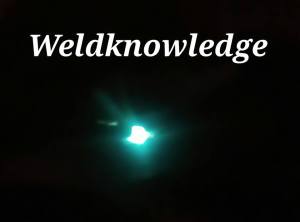Centreline cracking known as bead shape induced cracking is associated with deep penetrating processes such as SAW and CO2 shielded FCAW. When a weld bead is of shape where there is more depth than width to the weld cross-section, the solidifying grains growing perpendicular to the steel surface intersect in the middle, but do not get fusion across the joint. To correct for this condition, the individual weld bead must have at least as much as 1:1 to a1.4:1 width-to-depth ratio to remedy this condition. The total weld configuration, which may have many individual weld beads, can have an overall profile that constitutes more depth than width. If multiple passes are used in this situation, and each bead is wider than depth, a crack free weld can be made.

When centreline cracking is occurred due to bead shape, only solution is to change the width-to-depth relationship. This may involve change in joint design. Also it is advisable to reduce the amount of penetration. This can be accomplished by utilizing lower welding amperages and larger diameter electrodes.
Reference: Weld cracking – Lincoln Arc welding foundation
Keep reading, happy welding
Thank you,
KP Bhatt

